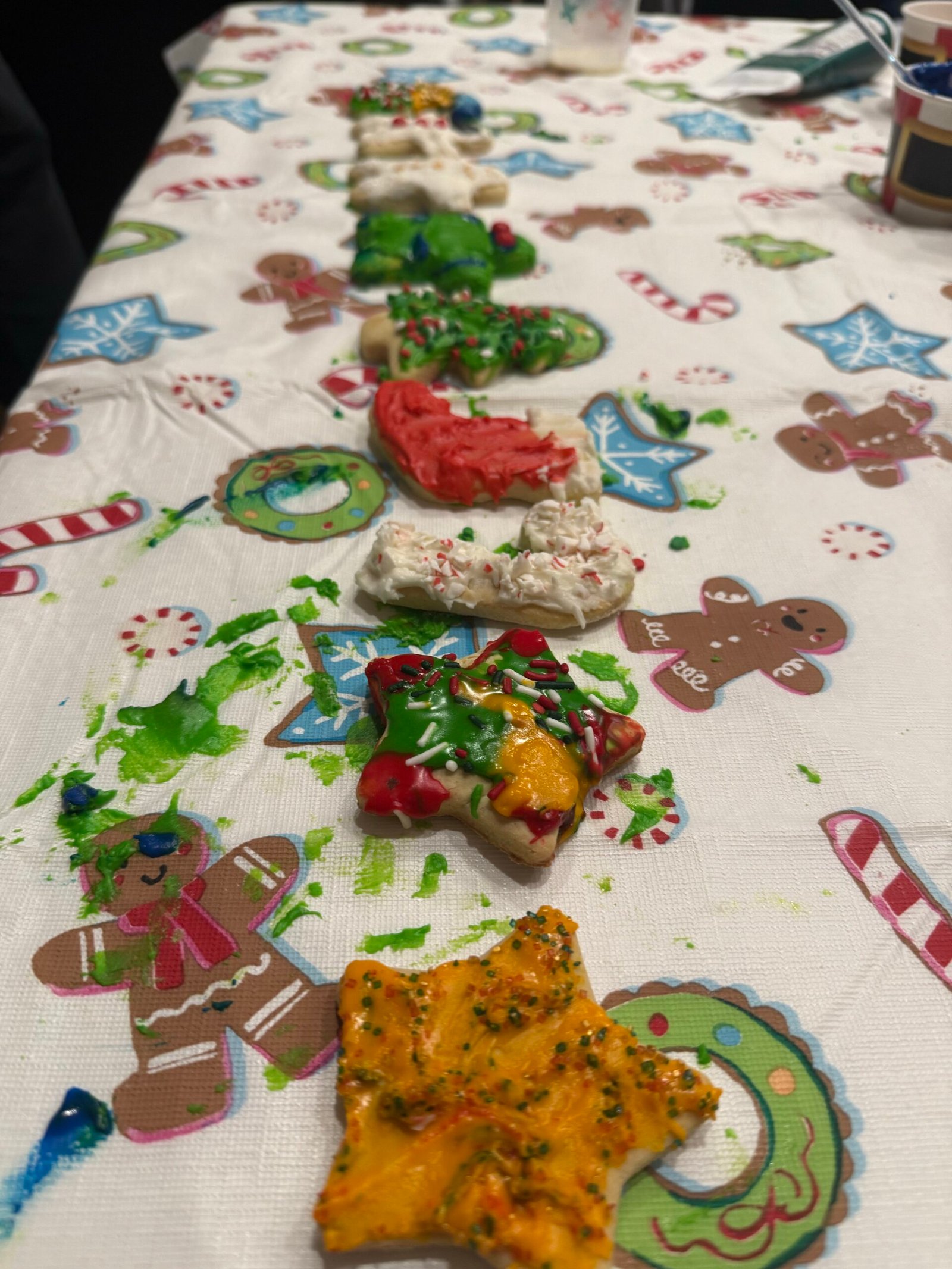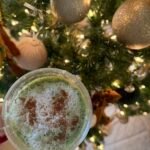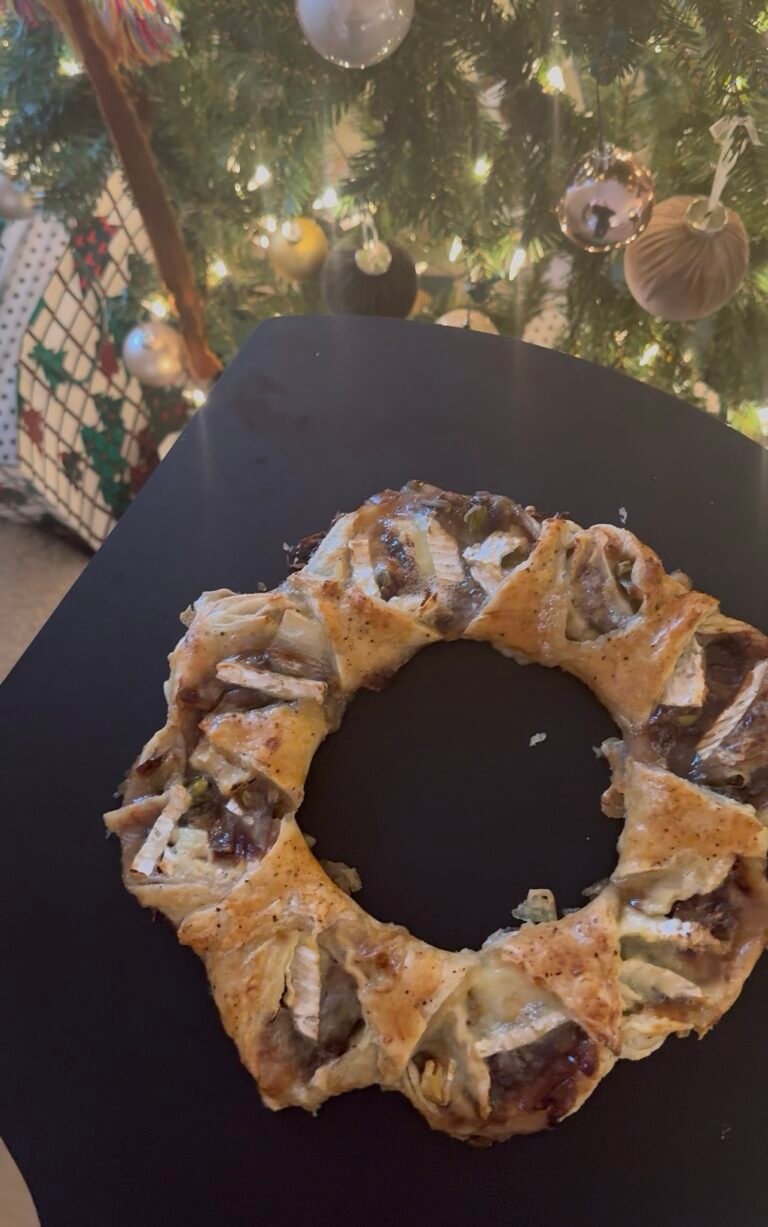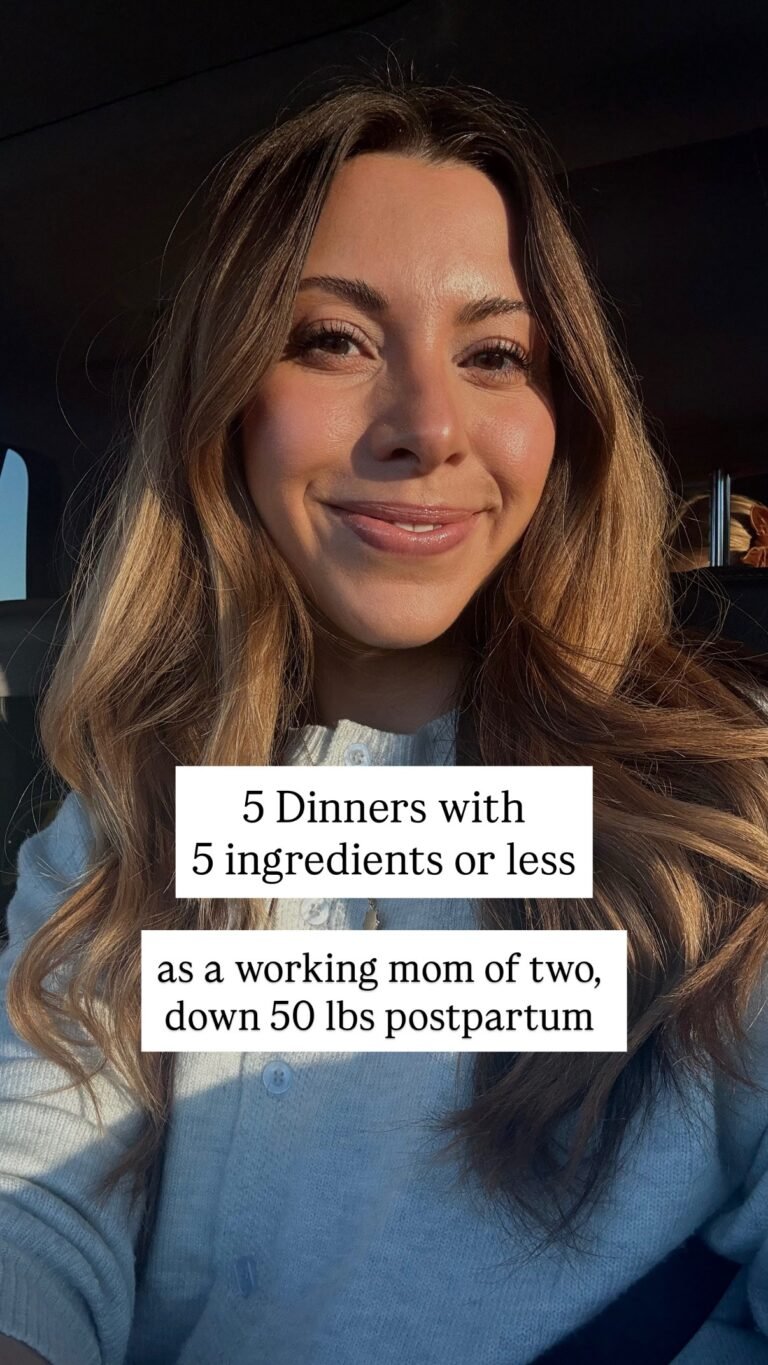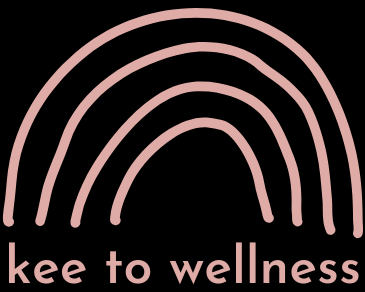When it comes to food coloring, many store-bought options are loaded with artificial dyes and chemicals. If you’re looking for a more natural and non-toxic way to add vibrant colors to your food or crafts, making your own food coloring is an easy and fun alternative! Whether you’re frosting cupcakes, coloring pancakes, or whipping up homemade play dough for the kids, these DIY natural dyes are safe, affordable, and free of unnecessary additives.
Why Go Natural?
Natural food colorings not only skip the artificial chemicals but also use ingredients you likely already have at home. They’re perfect for families who want to avoid allergens, sensitivities, or just embrace a healthier lifestyle. Plus, they add subtle flavors and nutrients from the ingredients themselves!
DIY Natural Food Coloring Recipes
Here are three easy ways to create vibrant colors using natural ingredients:
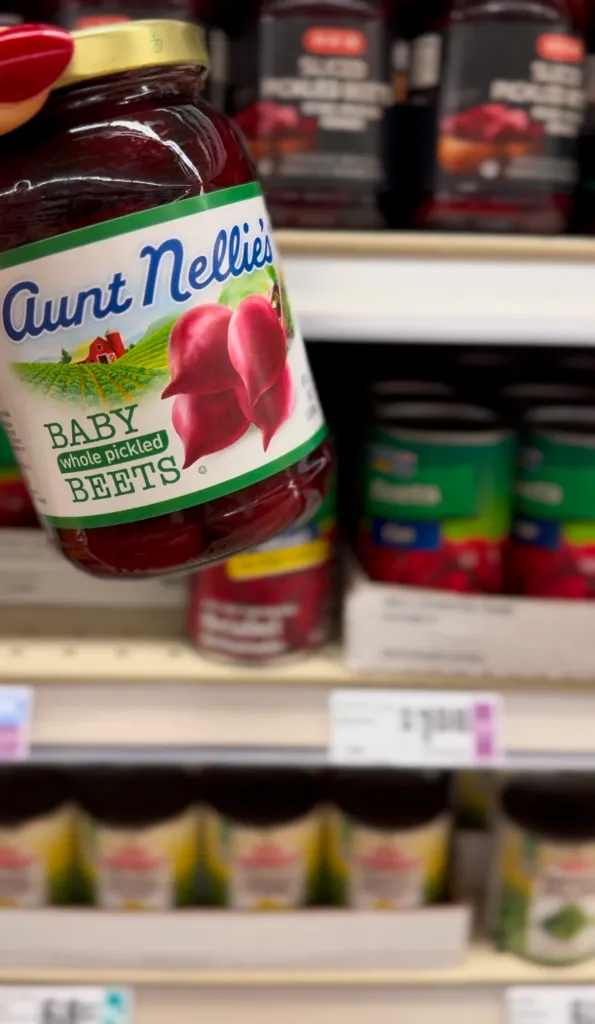
Red: Beet Juice
- What You Need: 1 medium beet, peeled and chopped.
- How to Make It:
- Boil the beet pieces in a small pot with just enough water to cover them.
- Simmer for about 20 minutes until the water turns a deep red.
- Strain out the beet pieces and let the liquid cool.
Uses: Red frosting, red velvet pancakes, or as a natural pink hue for whipped cream!
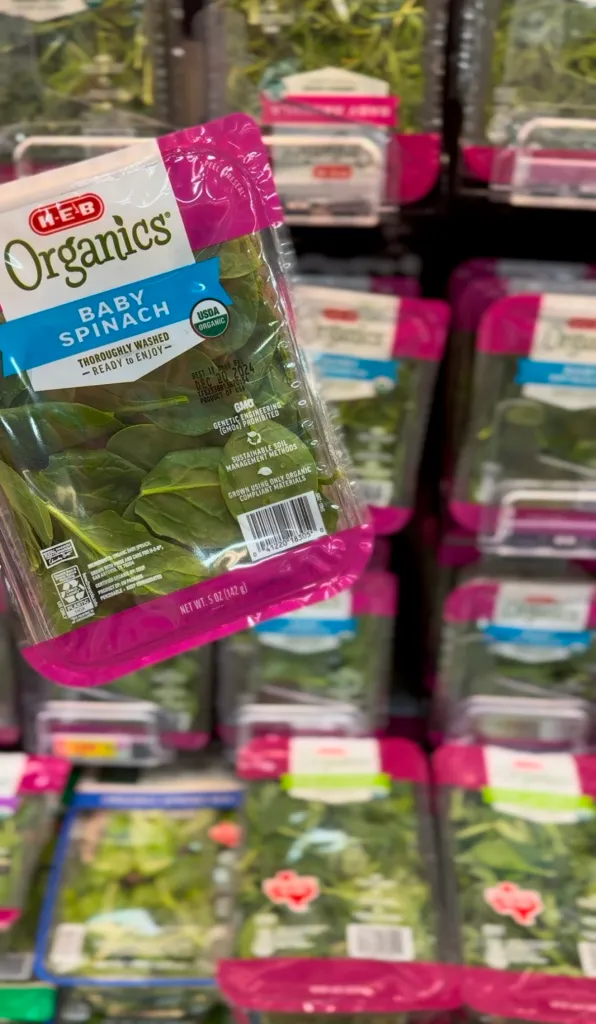
Green: Spinach Water
- What You Need: 1 cup fresh spinach leaves.
- How to Make It:
- Boil the spinach in a small pot with ½ cup water for about 5 minutes.
- Blend the spinach and water together, then strain out any solids with a fine mesh sieve.
Uses: Green pancakes, festive holiday frosting, or green-colored homemade pasta.
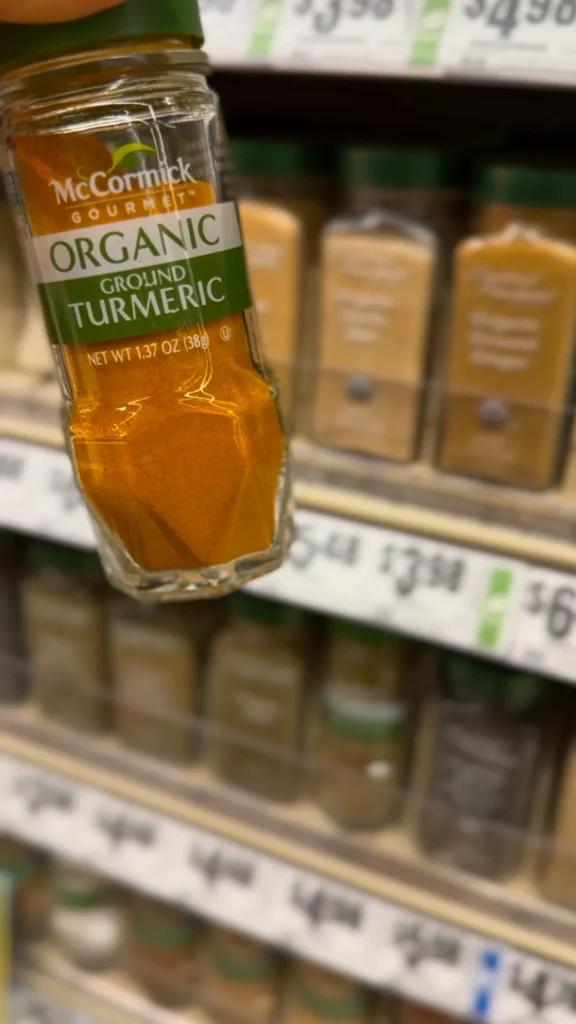
Yellow: Turmeric Water
- What You Need: ½ tsp ground turmeric and ¼ cup water.
- How to Make It:
- Mix the turmeric with water in a small saucepan.
- Simmer for about 2 minutes to dissolve the turmeric.
- Let the mixture cool completely.
Uses: Sunshine-colored frosting, bright yellow play dough, or a fun twist for pancake batter.
Tips for Success
- Start Small: Natural dyes are more subtle than artificial colors. Add a few drops at a time until you reach your desired shade.
- Strain Well: Make sure to strain out any solids for a smoother result, especially when using frosting or liquids.
- Store Leftovers: Keep your homemade dyes in airtight containers in the fridge for up to a week.
- Experiment with Other Ingredients: Try blueberries for purple, carrot juice for orange, or red cabbage (boiled with baking soda) for blue!
Where to Use Natural Food Coloring
- Frosting: Add your dyes to cream cheese or buttercream frosting for a beautiful, natural look.
- Pancakes and Waffles: Stir a few drops into your batter for a colorful breakfast.
- Homemade Play Dough: Add the dyes to a basic play dough recipe for fun, non-toxic kid crafts.
The Benefits of Natural Coloring
Not only are these dyes healthier for you and your family, but they’re also a great way to reduce food waste by using fresh or leftover ingredients creatively. Plus, making your own food coloring is a fun project to do with kids, introducing them to healthy eating habits and creativity in the kitchen.
Next time you want to add a pop of color to your treats or crafts, skip the artificial dyes and go natural with these simple DIY food coloring ideas. Let us know in the comments what you’ll use these natural colors for—or if you have other favorite recipes to share!
